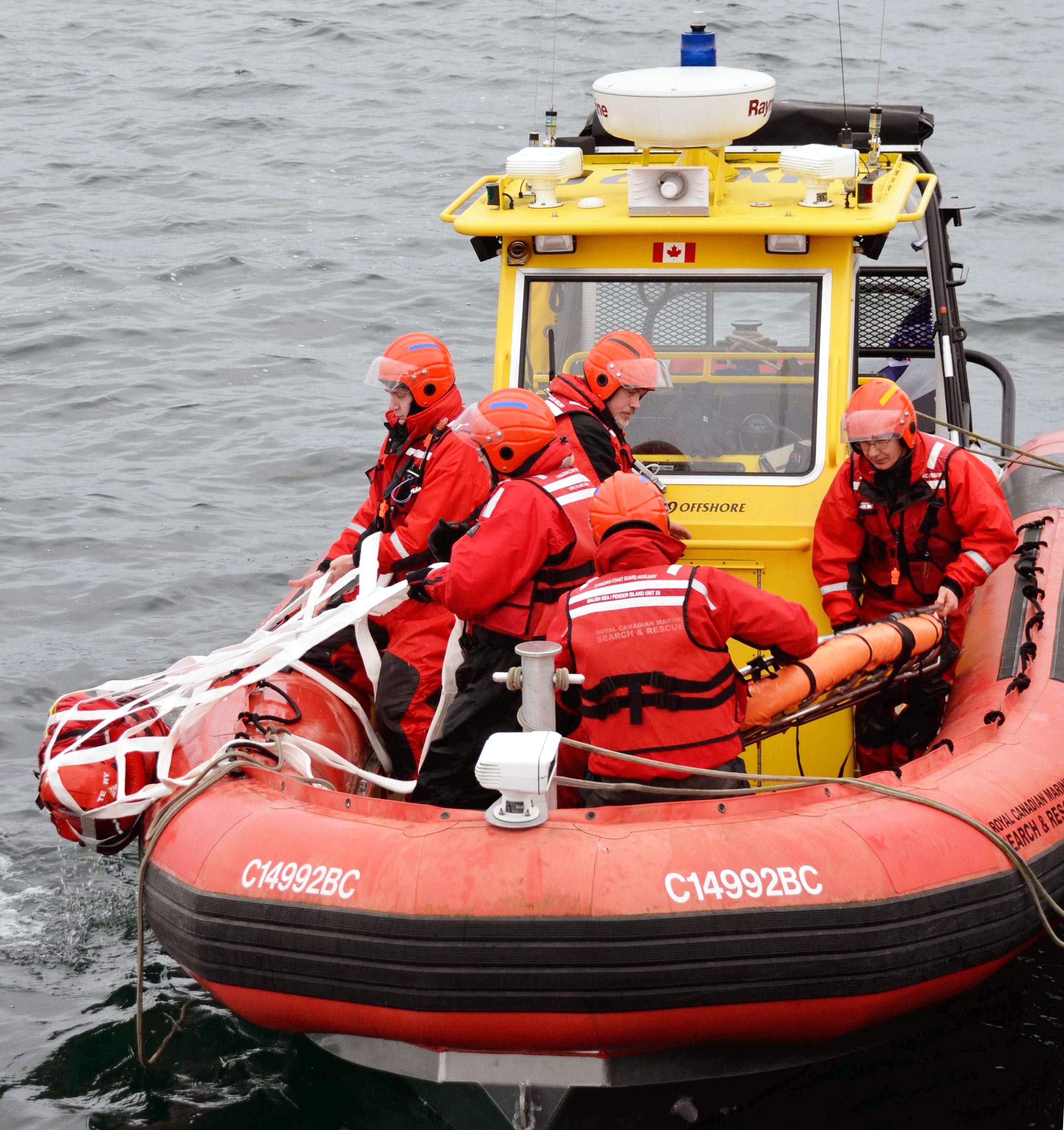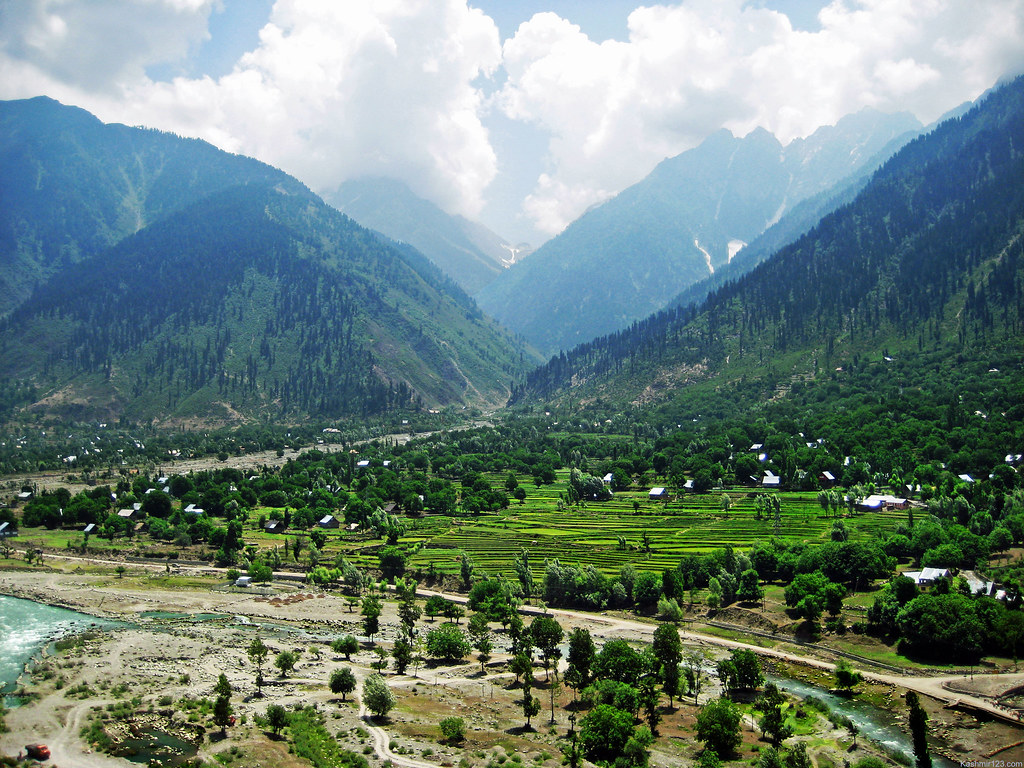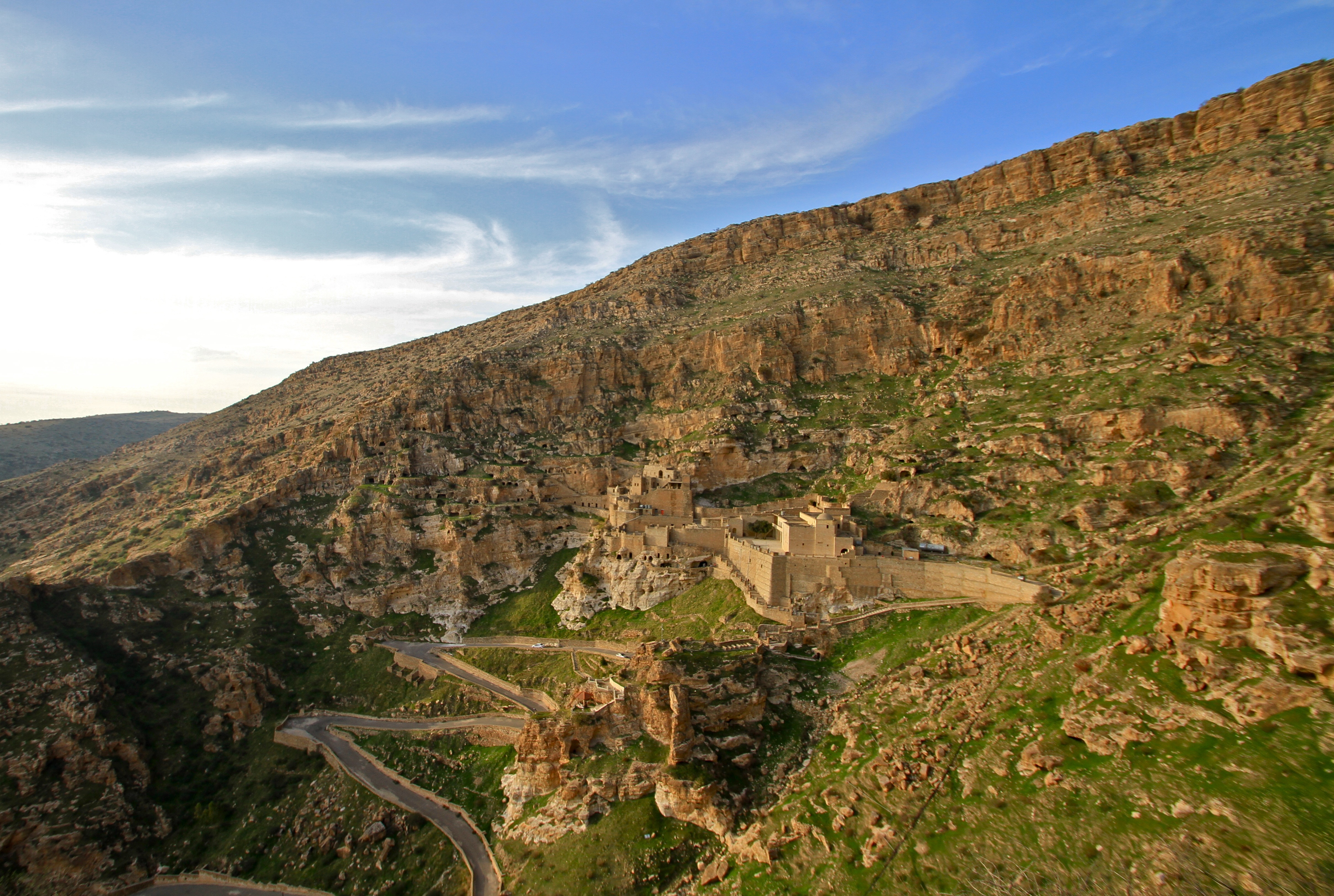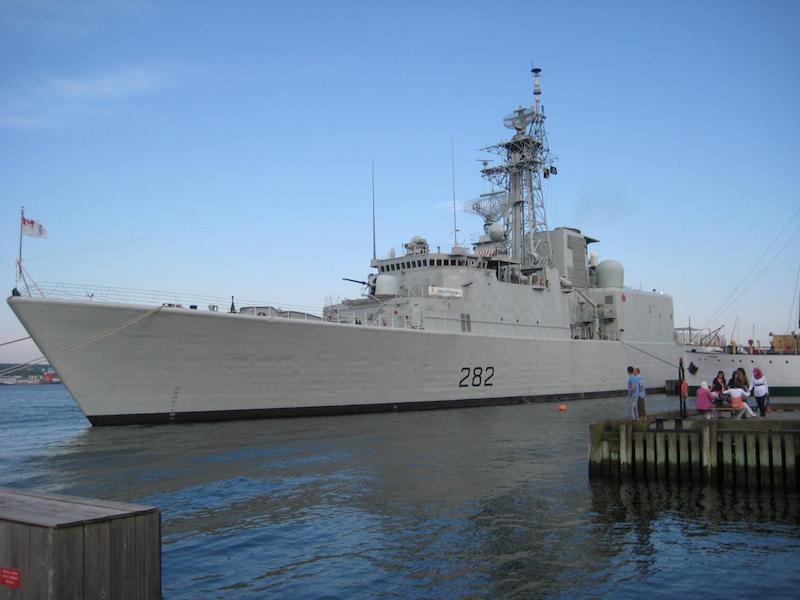Though the Canadian Forces and Coast Guard have a number of important mandates, search and rescue is one of their most high-profile responsibilities. Canada’s search and rescue system faces a number of major difficulties; not only does this country have the world’s longest coastline, but much of its territory is remote and sparsely populated. As Arctic sea ice continues to melt and Canada’s North becomes increasingly accessible, the strain on Canada’s search and rescue system is only expected to increase.
This series of articles will examine the important contributions made by the Canadian Forces and Coast Guard. In recent years, both entities have been criticized heavily for their handling of search and rescue operations. The role procurement plays in strengthening or sometimes weakening Canada’s search and rescue system needs to be addressed, but first it is worthwhile to look at the current state of Canadian search and rescue and the criticisms voiced in recent years.
Criticisms of Canada’s search and rescue system are not new. However, in recent years public broadsides of Canadian Forces have been particularly heavy after a series of controversial tragedies in Atlantic Canada and the Arctic.
To understand the current state, it is first necessary to appreciate its complex, inter-connected structure. Across the country, search and rescue is a shared responsibility. All three levels of government and numerous government bodies are responsible for different aspects of domestic search and rescue. The Federal Government is only directly responsible for aviation and maritime search and rescue while the Canadian Forces is responsible for the dedicated aviation component of Canada’s search and rescue system. In several bases across the country, the Canadian Forces operates a specialized fleet of airplanes and helicopters for search and rescue operations. The maritime component of Canada’s search and rescue system is the responsibility of the Canadian Coast Guard. The Canadian Coast Guard has search and rescue vessels on the country’s major waterways, such as the St. Lawrence Seaway, as well as the Pacific and Atlantic coasts.
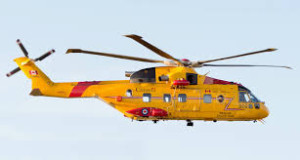
Criticisms of Canada’s search and rescue system are not new. However, in recent years public broadsides of Canadian Forces have been particularly heavy after a series of controversial tragedies in Atlantic Canada and the Arctic. For example, in 2012, 14 year-old Burton Winters died after becoming lost while snowmobiling off the coast of Labrador. The Canadian Forces were criticized for their handling of the incident. There was a lengthy delay in providing volunteer searchers with air support, as all available CH-149 Cormorant helicopters and Lockheed C-130 Hercules aircraft were unable to respond the day Winters went missing.
The Canadian Forces have also faced problems related to S&R staffing. In 2010, CBC News reported that Canadian Forces faced a potential personnel retention crisis. In particular, flight engineers (a crucial part of the team aboard the CF’s CH-149 Cormorant) were leaving for higher-paying jobs in the private sector. As recently as April 2014, CBC News revealed an internal Department of National Defence report that described problems with “the availability of search planes, the provision of rescue equipment, and the number of trained personnel available to staff rescue units.”
Much of the criticism surrounding the Federal Government’s handling of search and rescue has focused on aging and often inadequate equipment, particularly planes and helicopters. A 2013 editorial in the Toronto Star serves as a powerful reminder of Canada’s search and rescue capabilities. The editorial team noted that “Canada has 18 million square kilometres of land and water to patrol, 243,000 kilometres of coastline and more extreme weather than most countries.” Furthermore, “Our rescuers respond to some 9,000 calls a year, helping 20,000 people. Given the demand, the last thing we need is a system that’s stretched too thin.”

